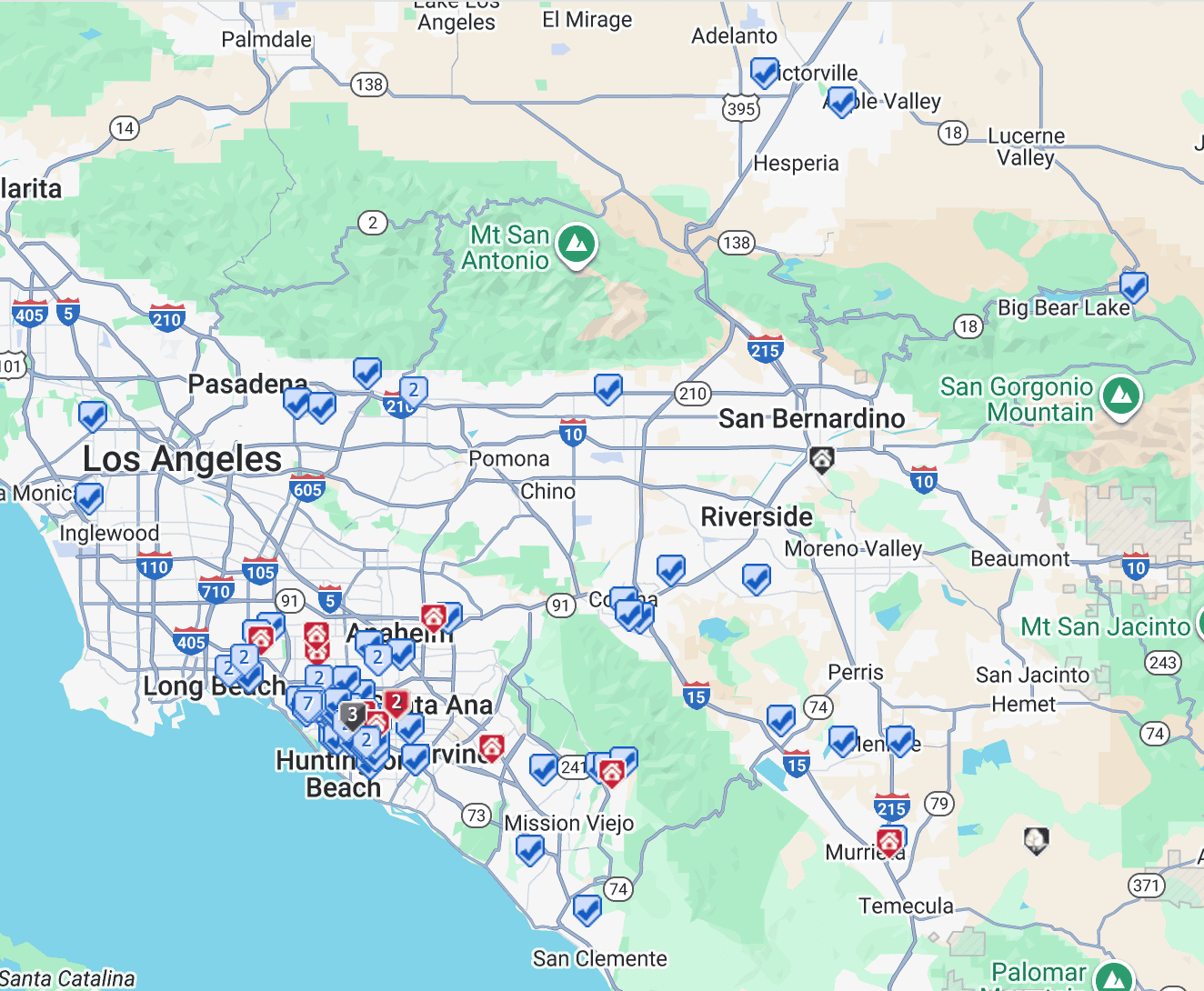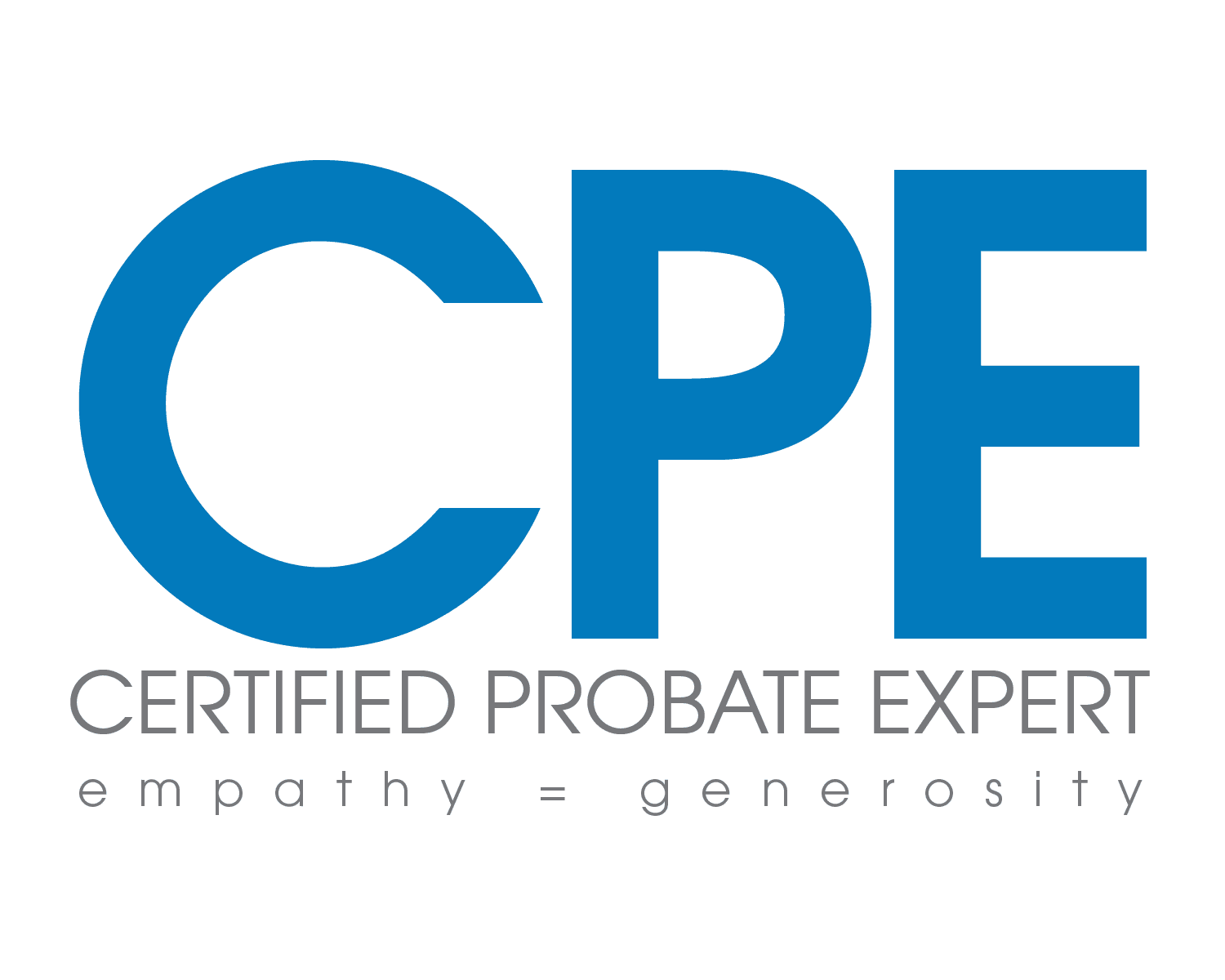
If you're a real estate investor in California looking to defer capital gains taxes when selling an investment property, a 1031 exchange could be your ticket to significant tax savings. Named after Section 1031 of the IRS Code, this strategy allows you to reinvest the proceeds from a property sale into a like-kind property while deferring federal and state taxes. However, executing a 1031 exchange in California comes with specific rules and considerations. In this guide, we'll walk you through the process step-by-step, with a focus on California’s unique regulations.
What Is a 1031 Exchange?
A 1031 exchange allows you to sell an investment or business property and reinvest the proceeds into another like-kind property without immediately paying capital gains taxes. In California, where property values can lead to hefty tax bills, this strategy is particularly appealing. Both federal and California tax codes recognize 1031 exchanges, but the state has additional rules to keep in mind, such as the clawback provision for out-of-state properties.
Step-by-Step Guide to a 1031 Exchange in California
1. Confirm Your Property Qualifies
To qualify for a 1031 exchange, both the property you’re selling (the relinquished property) and the one you’re buying (the replacement property) must be held for investment or business purposes. Personal residences don’t qualify, but rental properties, commercial buildings, or even vacant land typically do. The properties must also be like-kind, meaning they are real estate of a similar nature (e.g., a rental condo for an office building).
2. Hire a Qualified Intermediary (QI)
A Qualified Intermediary is essential for a 1031 exchange. The QI is a third party who facilitates the transaction by holding the sale proceeds, ensuring you don’t take control of the funds (which would disqualify the exchange). Choose a reputable QI with experience in California transactions, as they’ll guide you through the process and handle critical paperwork.
3. Sell Your Relinquished Property
List and sell your investment property as you normally would. Include a 1031 exchange cooperation clause in the sale contract to inform the buyer of your intent. Once the sale closes, the proceeds go directly to the QI’s escrow account, not to you, to maintain tax-deferred status.
4. Identify Replacement Properties
Within 45 days of closing the sale, you must identify potential replacement properties in writing to your QI. The IRS provides three identification rules:
Three-Property Rule: Identify up to three properties, regardless of their value.
200% Rule: Identify any number of properties, but their total value cannot exceed 200% of the relinquished property’s sale price.
95% Rule: Identify any number of properties, but you must acquire at least 95% of their total value.
All identified properties must be in the U.S. for a fully tax-deferred exchange. Be precise, as the identification process is strict.
5. Close on the Replacement Property
You have 180 days from the sale date (or the due date of your tax return, including extensions, whichever is earlier) to close on the replacement property. The QI will transfer the escrowed funds to complete the purchase. Missing this deadline voids the tax deferral, so timing is critical.
6. Match Value and Debt
To fully defer taxes:
The replacement property’s value must be equal to or greater than the relinquished property’s sale price (minus transaction costs).
Any debt on the relinquished property must be replaced with equal or greater debt (or cash) on the replacement property. Receiving cash or other non-like-kind property (known as boot) triggers taxable gains.
7. File IRS Form 8824
Report the 1031 exchange on IRS Form 8824 when filing your federal taxes. California conforms to federal 1031 rules, so no separate state form is required. However, ensure your tax professional reviews both federal and state compliance.
8. Navigate California-Specific Rules
California has unique considerations for 1031 exchanges:
Clawback Rule: If you exchange a California property for one outside the state, California may tax the deferred gains when you sell the replacement property without another 1031 exchange. File Form FTB 3840 annually to track deferred gains.
Withholding for Non-Residents: If you’re a non-resident selling California property, you may face a 3.33% withholding tax unless you claim an exemption for a 1031 exchange using Form 593. Work with your QI and escrow company to ensure proper documentation.
Tips for a Successful 1031 Exchange
Work with Professionals: Engage a tax advisor, CPA, or attorney familiar with California real estate and 1031 exchanges. They can help navigate complexities, especially for multi-property exchanges or unique property types.
Plan for Timing: The 45-day identification and 180-day closing deadlines are non-negotiable. Start searching for replacement properties early.
Document Everything: Meticulous records are crucial, especially with increased scrutiny on 1031 exchanges (as noted in recent discussions on platforms like X).
Understand Costs: QI fees, legal fees, and title costs are common but won’t count as boot if handled correctly.
Why Consider a 1031 Exchange in California?
California’s high property values and capital gains taxes (up to 13.3% state tax plus federal taxes) make 1031 exchanges an attractive way to preserve wealth. By deferring taxes, you can reinvest more capital into your next property, potentially accelerating portfolio growth. Whether you’re upgrading to a larger rental property or diversifying into a new market, a 1031 exchange offers flexibility and financial benefits.
Final Thoughts
A 1031 exchange in California is a powerful tool for real estate investors, but it requires careful planning and adherence to strict rules. By working with a qualified intermediary and staying mindful of California’s specific regulations, you can execute a successful exchange and defer significant tax liabilities. Always consult a tax or legal professional to ensure compliance and tailor the strategy to your goals.
For more details on 1031 exchanges, check IRS Publication 544 or reach out to a professional specializing in California real estate. Have questions or a specific scenario?
If you need any help or guidance do not hesitate to reach out. Simply send us a message or book an appointment.








